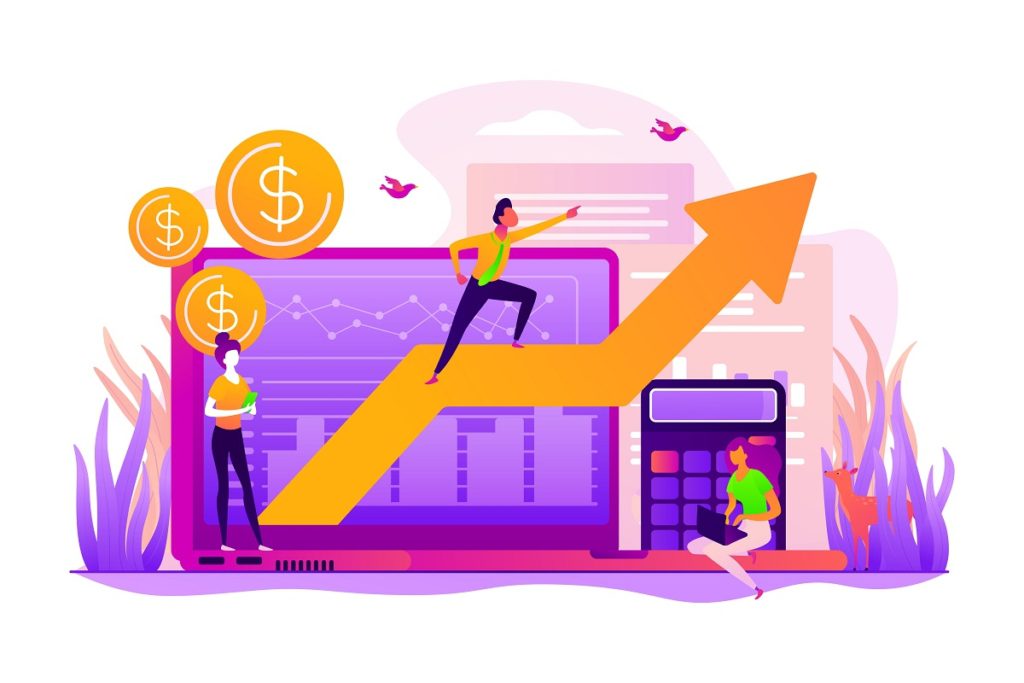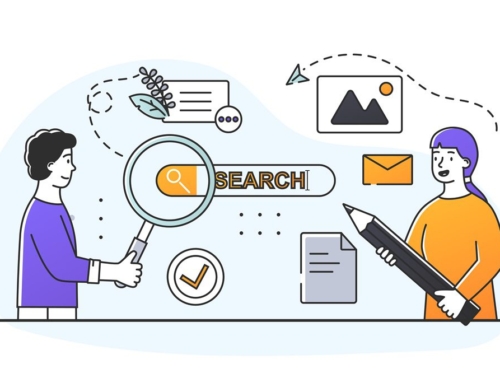Establishing a marketing strategy designed to scale your e-commerce business will help you attract new customers and grow profitably.

The shift to online shopping was already on the rise when the COVID-19 pandemic turbocharged its acceptance and acceleration. Three years later, 2.64 billion people — one-third of the global population — are online shoppers. It’s a massive number that is expected to grow, with global online sales on track to increase by more than 10 per cent and hit $6.3 trillion this year.
Online shopping is no longer a trend; it’s the status quo. Shoppers expect businesses to have an online storefront. For e-commerce businesses, competition has never been greater.
To maintain and increase their market share, it’s essential for digital brands to develop an effective and efficient strategy to attract and convert shoppers into customers. Marketing departments will play a critical role in realizing this objective.
The difference between growing your e-commerce business and scaling it – and why it matters
The terms “growing” and “scaling” a business are often used interchangeably but there is a significant difference: cost.
In both cases, the goal — and, if successful, the outcome — is increased top-line sales. However, growing a business requires additional resources, such as capital, people, technology and infrastructure. Revenue grows because of these investments.
Scaling a business, by contrast, happens without a significant increase in resources and costs. Overhead stays about the same or decreases.
When a business successfully scales revenues, it minimizes costs and improves profit margins achieving what economists call economies of scale.
Tips for scaling your e-commerce business
Create a strong inbound marketing strategy
Make it easy for your target audience to find you. Focus on search engine optimization. Develop great, relevant content based on your deep knowledge of your target buyers, and their pain points and interests. Then make sure they see it. Show up regularly on the social channels they frequent via blog posts, videos, podcasts and infographics that provide the information they want and need.
Best practice: Develop and use buyer personas to personalize your marketing and advertising campaigns. This is critical as 66 per cent of customers expect companies to understand their needs and expectations. The buyer personas will also help you show up on the social channels your target buyers frequent. Invest in paid search and social advertising campaigns, and expand your reach by linking with other sites through affiliate marketing partnerships.
Automate, automate, automate
In today’s digital landscape, the ability to automate routine tasks has never been easier or more important. It’s what will allow brands to reduce expenses, streamline operations and save time so human employees can tackle more strategic and critical projects. Most importantly, automation can help businesses sell more at a lower cost.
Best practices: Use push notification services to retarget abandoned carts, encourage repeat sales, and promote relevant and timely content. Enhance customer service by incorporating chatbots on your site to respond to customer queries. Automate transactional emails such as purchase confirmations and order tracking.
Deliver an excellent online shopping experience
Make sure your site is easy to navigate, is optimized for mobile users and features testimonials and reviews from happy customers.
On average, 70 per cent of U.S. shoppers abandon their shopping cart at checkout. To avoid this, ensure the checkout process is easy to use. For example, implement a persistent shopping cart. This will save a customer’s shopping cart so when they return, it’s intact. Include a variety of payment options.
Use high-quality product images and video to showcase products. Develop engaging product copy. Be clear, concise and persuasive. Highlight the benefits of your product, not the features. Customers want to know how a product will help them. Share customer reviews that point to these benefits. Tell your audience why they should buy from you. Make your return and refund policies easy to find and understand.
Provide other resources, such as a frequently-asked-questions page and a live chat to quickly address common concerns.
Best practice: Create multiple landing pages designed to support marketing efforts and be sure to include a clear call to action to buy.
Invest in customer service
It costs as much as five times more to acquire a new online customer than to retain an existing customer. As the cost to acquire new digital customers continues to rise, prioritizing retention is essential for e-commerce businesses. The most effective way to keep customers shopping with you, rather than with your competitors, is by providing excellent customer service.
An online survey of more than 1,000 U.S. consumers by Zendesk reveals response time and how customers are treated matter:
- 89 per cent of shoppers say a quick response to an initial inquiry is an important factor when deciding where to shop.
- 97 per cent say bad customer service will lead them to change where they shop and 46 per cent say a bad customer service experience will continue to impact their buying behaviour up to two years later.
- 87 per cent say good customer service will lead them to change their buying behaviour.
Best practices: Address customer feedback — good or bad — within 24 hours. This is especially important when it comes to negative reviews. Be polite, professional, brief and, if appropriate, ask to continue the conversation offline so you can understand what went wrong and come up with a solution. Make repurchasing easy by encouraging customers to create a customer account that provides easy access to their orders and perks, such as free shipping.
Scaling your e-commerce business will allow you to carve out your space in a fast-growing marketplace and increase sales profitably. Are you ready to take your business to the next level?

